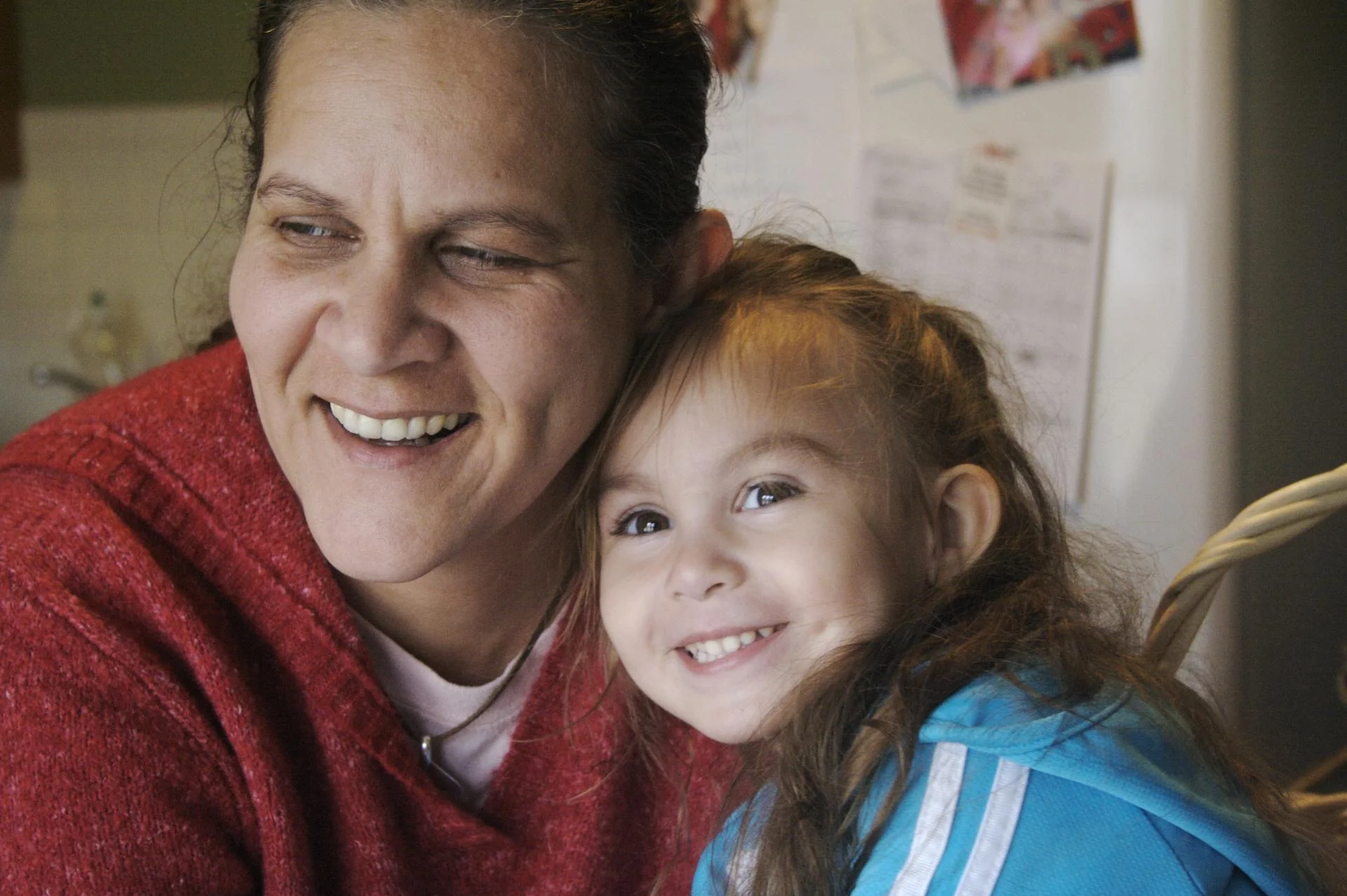4.8 Revitalization of Indigenous Languages
Another example of an oppressed minority group that has struggled with language and culture loss is Native Americans. Many were completely wiped out by the European colonizers, some by deliberate genocide but the great majority (up to 90 percent) by the diseases that the white explorers brought with them, against which the Native Americans had no immunity. In the twentieth-century, the American government stopped trying to kill Native Americans but instead tried to assimilate them into the white majority culture. It did this in part by forcing Native American children to go to boarding schools where they were required to cut their hair, practice Christianity, and speak only English. When they were allowed to go back home years later, they had lost their languages and their culture, but had not become culturally “white” either. The status of Native Americans in the nineteenth and twentieth-centuries as a scorned minority prompted many to hide their ethnic identities even from their own children. In this way, the many hundreds of original Native American languages in the United States have dwindled to less than 140 spoken today, according to UNESCO. More than half of those could disappear in the next few years, since many are spoken by only a handful of older members of their tribes. However, a number of Native American tribes have recently been making efforts to revive their languages and cultures, with the help of linguists and often by using texts and old recordings made by early linguists like Edward Sapir. How can such languages be revitalized?
A fascinating example of a tribal language revitalization program is that of the Wampanoag tribe in Massachusetts. The Wampanoag were the Native Americans who met the Puritans when they landed at Plymouth Rock, helped them survive the first winter, and who were with them at the first Thanksgiving. The contemporary descendants of that historic tribe still live in Massachusetts, but bringing back their language was not something Wampanoag people had ever thought possible because no one had spoken it for more than a century.

A young Wampanoag woman named Jessie Little Doe Baird (pictured in Figure 4.1 with her daughter Mae) was inspired by a series of dreams in which her ancestors spoke to her in their language, which she of course did not understand. She eventually earned a master’s degree in Algonquian linguistics at Massachusetts Institute of Technology in Boston and launched a project to bring her language back from the dead. This process was made possible by the existence of a large collection of documents, including copies of the King James Bible, written phonetically in Wampanoag during the seventeenth and eighteenth-centuries. She also worked with speakers of languages related to the Algonquian family to help in the reconstruction of the language. The community has established a school to teach the language to the children and promote its use among the entire community. Her daughter Mae is among the first new native speakers of Wampanoag.[1]
Media Attributions
- Jessie Mae © Cultural Survival is licensed under a All Rights Reserved license
- Filmmaker Anne Makepeace created a documentary of the story, called We Still Live Here: s Nutayuneân, which PBS broadcast in 2010. You can watch the clips from the video online. ↵

